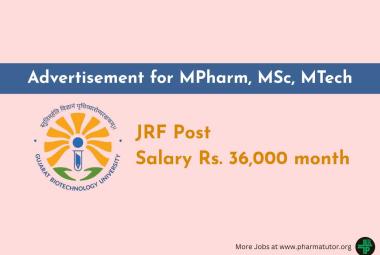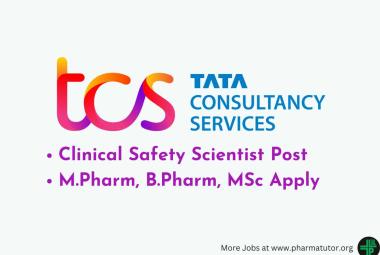The European Medicines Agency's (EMA) Committee for Medicinal Products for Human Use (CHMP) has recommended granting a marketing authorisation for Onpattro (patisiran), for the treatment of hereditary transthyretin-mediated amyloidosis (hATTR amyloidosis) in adult patients with stage 1 or stage 2 polyneuropathy (a condition in which the peripheral nerves are damaged). This medicine is expected to affect the course of the disease and improve patient functioning and quality of life.
[adsense:336x280:8701650588]
hATTR amyloidosis is an inherited, rare, life-threatening disease. It is caused by mutations in the transthyretin (TTR) gene that result in misfolded TTR proteins accumulating as amyloid fibrils in multiple sites, including the nerves, heart and gastrointestinal tract. Patients with this condition usually have heart problems and symptoms such as muscle weakness in the limbs and, at later stages, inability to walk, problems affecting the stomach and the gut (leading to malnutrition), and bladder dysfunction. hATTR amyloidosis is more frequent in men than women.
Onpattro contains patisiran, a medicine made of a small strand of synthetic genetic material called ‘small interfering RNA’ (siRNA) designed to attach to the genetic material of the cells responsible for producing the TTR protein and block its production in the liver. This decreases TTR production, thereby reducing the accumulation of TTR amyloid in the tissues and slowing down the progression of the disease. Onpattro is administered via intravenous infusion once every three weeks.
The safety and efficacy of Onpattro was evaluated in a pivotal trial involving 225 patients with hATTR amyloidosis and symptomatic polyneuropathy.
The study showed clinically-relevant improvements in the neurological manifestations of the disease and on patients’ quality of life, as well as a positive impact on cardiac parameters. The efficacy of this treatment in patients with stage 3 polyneuropathy has not yet been demonstrated. The most common adverse events observed were infusion-related reactions like flushing, back pain, nausea, abdominal pain, dyspnoea (shortness of breath) and headache.
Onpattro is the second medicine recommended for authorisation in this disease, following the positive opinion for Tegsedi (inotersen) in May 2018. These two medicines considerably widen the therapeutic options for this disease, which currently include liver transplant, treatment with tafamidis and off-label use of non-steroidal anti-inflammatory drugs (NSAIDs). All of them have considerable limitations for patients with stage 2 and stage 3 polyneuropathy, meaning there is a clear unmet medical need. Therefore, the CHMP considered that Onpattro was of major interest for public health and agreed to the applicant’s request for an accelerated assessment of this medicine.







